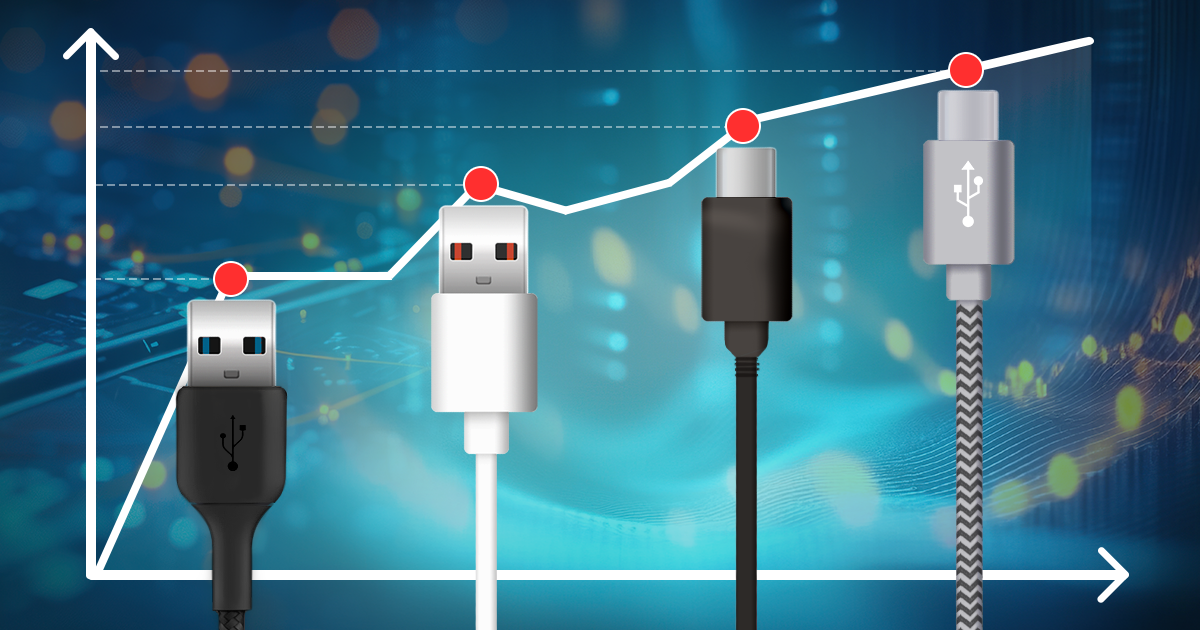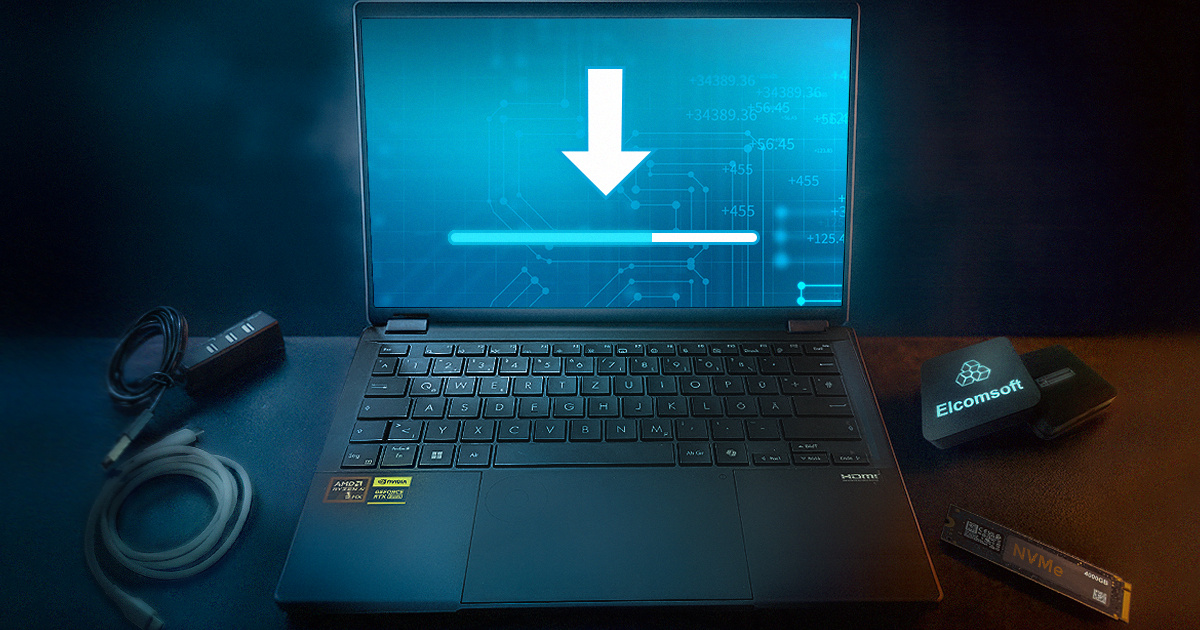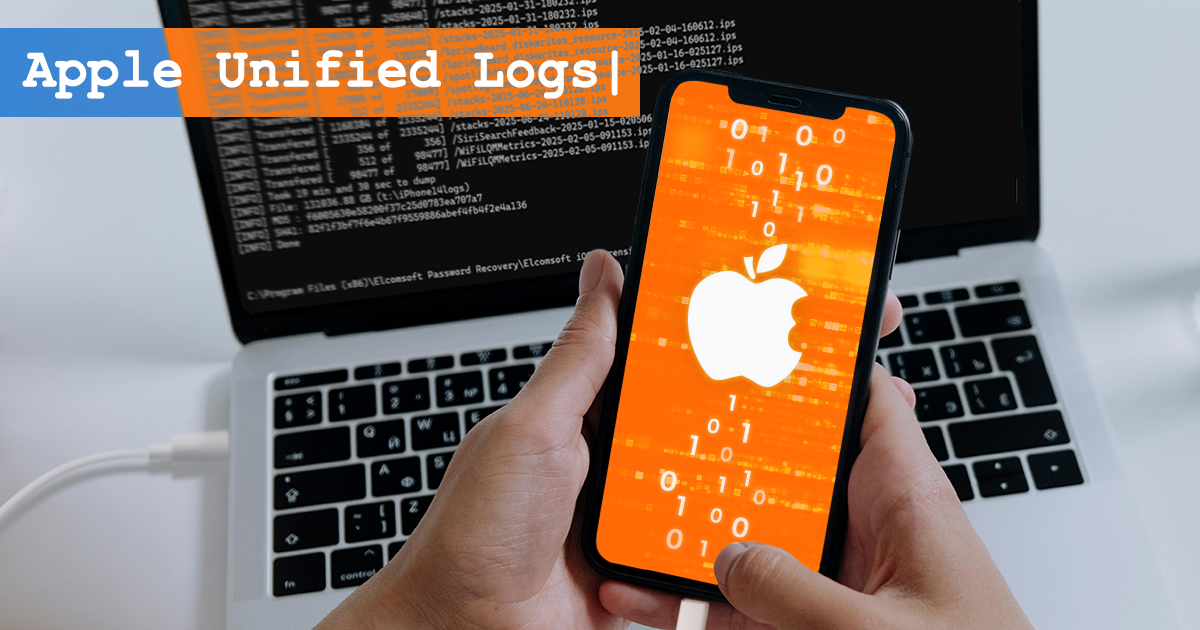Since iOS 5, Apple allows users to back up their phones and tablets automatically into their iCloud account. Initially, iCloud backups were similar in content to local (iTunes) backups without the password. However, the introduction of iCloud sync has changed the rules of the game. With more types of data synchronized through iCloud as opposed to being backed up, the content of iCloud backups gets slimmed down as synchronized information is excluded from cloud backups (but still present in local backups).
Multi-factor authentication is the new reality. A password alone is no longer considered sufficient. Phishing attacks, frequent leaks of password databases and the ubiquitous issue of reusing passwords make password protection unsafe. Adding “something that you have” to “something that you know” improves the security considerably, having the potential of cutting a chain attack early even in worst case scenarios. However, not all types of two-factor authentication are equally secure. Let’s talk about the most commonly used type of two-factor authentication: the one based on text messages (SMS) delivered to a trusted phone number.
When attacking a password, the traditional forensic workflow requires uploading the entire encrypted file or document into a password recovery tool. This approach, while simple and intuitive, has one major drawback if you are using remote computers or cloud instances to perform an attack. If the remote computer is compromised, the entire file or document is leaked complete with its (still encrypted) contents. Learn how to overcome this issue and perform remote attacks without the reason of leaking personal information.
Cloud acquisition is one of the most common ways to obtain valuable evidence. When it comes to Google, the Google Account analysis may return significantly more data compared to the extraction of a physical Android device. However, there is one feature that is often overlooked: the ability to extract data stored in the user’s Google Account without the login and password. Let’s talk about Google authentication tokens and what they bring for the mobile forensics.
We have updated Elcomsoft Cloud Explorer, our Google Account extraction tool, with Google Dashboard support. The Google Dashboard service is little known among computer forensic specialists since Dashboard data cannot be downloaded from Google or obtained by serving a legal request. Yet, Dashboard aggregates massive amounts of data collected and stored in the user’s Google Account, offering an essential overview of the user’s activities. In this article, we’ll demonstrate how to obtain Dashboard data directly from the user’s Google account.
Instant messaging apps have become the de-facto standard of real-time, text-based communications. The acquisition of instant messaging chats and communication histories can be extremely important for an investigation. In this article, we compare the five top instant messaging apps for iOS in the context of their forensic analysis.
Apple iCloud, Apple iCloud Drive, EIFT, Elcomsoft eXplorer for WhatsApp, Elcomsoft iOS Forensic Toolkit, Elcomsoft Phone Breaker, Elcomsoft Phone Viewer, EPB, EPV, EXWA, iMessage, Signal, Skype, Telegram, WhatsApp
The iPhone is one of the most popular smartphone devices. Thanks to its huge popularity, the iPhone gets a lot of attention from the forensic community. Multiple acquisition methods exist, allowing forensic users to obtain more or less information with more or less efforts. Some of these acquisition methods are based on undocumented exploits and public jailbreaks, while some other methods utilize published APIs to access information. In this article, we’ll compare the types and amounts of data one can extract from the same 256-GB iPhone 11 Pro Max using three different acquisition methods: advanced logical, full file system and iCloud extraction.
Geolocation data can provide a wealth of evidence to various government agencies. Law enforcement agencies use location data to help place suspects near a crime scene in a given time frame. However, the use of location is not limited to criminal or civil investigations. Emergency response services use geolocation to locate persons, taxi and delivery services use location to improve service. There are many more examples where location evidence is vital. Recently, governments have started using (or are considering using) geolocation data to help identify and isolate infected citizens. Where does the location evidence come from and how one can extract it?
Modern applications use highly secure and thus deliberately slow algorithms for verifying passwords. For this reason, the password recovery process may take a lot of time and require extreme computational resources. You can build your own powerful cluster to accelerate brute-force attacks, but if you only need to recover a password every once in a while, maintaining your own cluster may not be the best investment. Cloud services can help do a one-off job faster. For a long time, Elcomsoft Distributed Password Recovery had supported Amazon cloud services with automatic deployment on Amazon’s powerful GPU-accelerated servers. The latest update brings support for Microsoft Azure, adding the ability to automatically deploy Password Recovery Agents to virtual machines created in Microsoft Azure. In this article I will describe the deployment steps.


